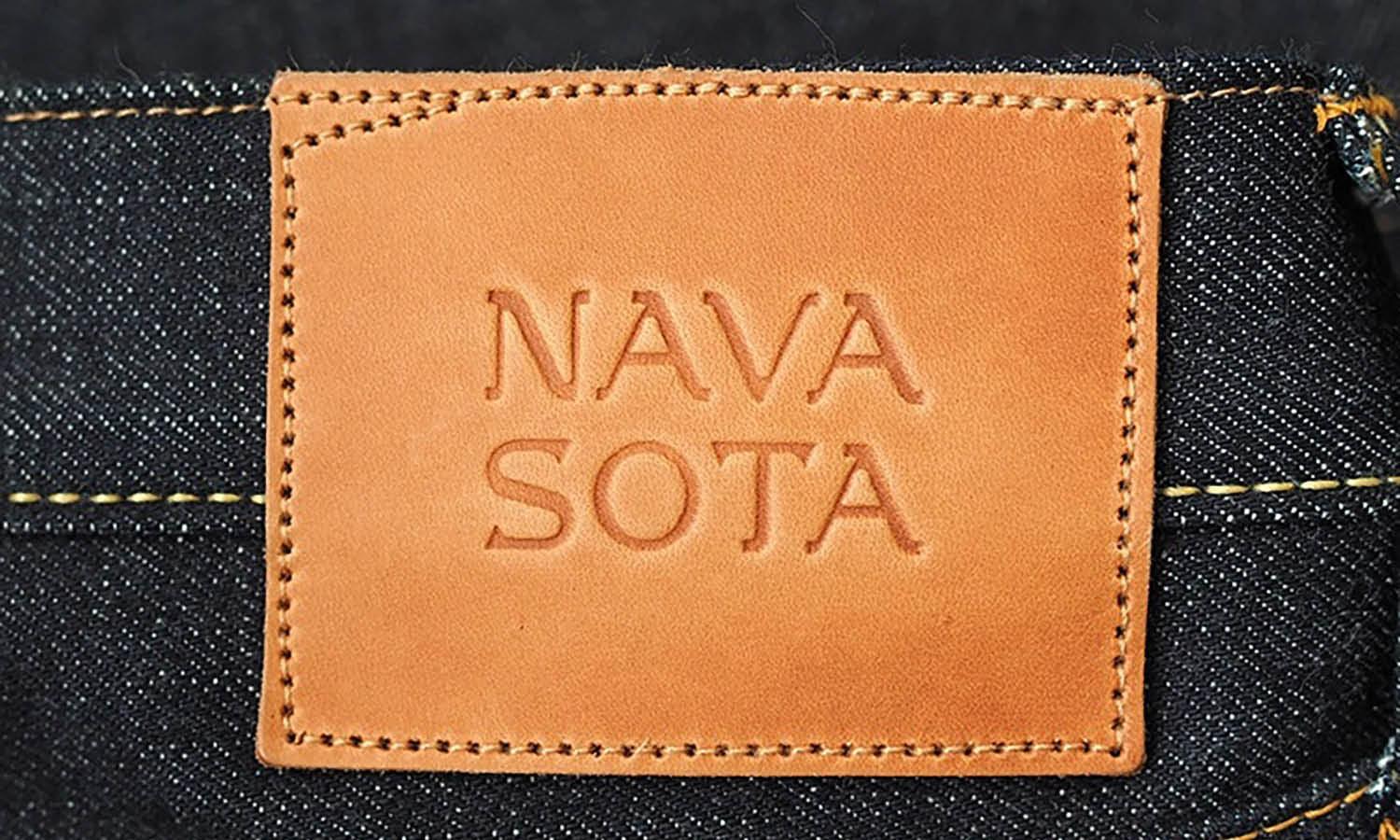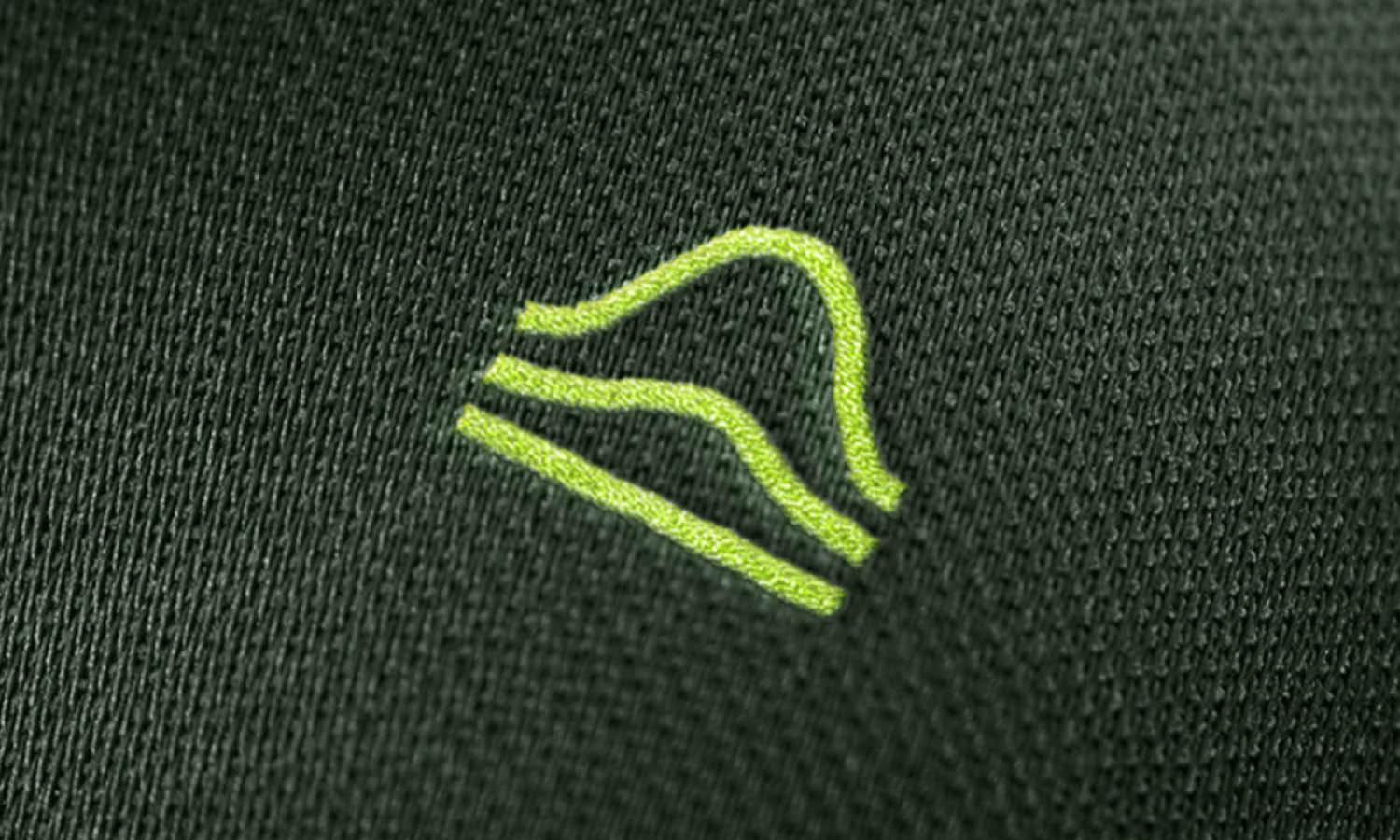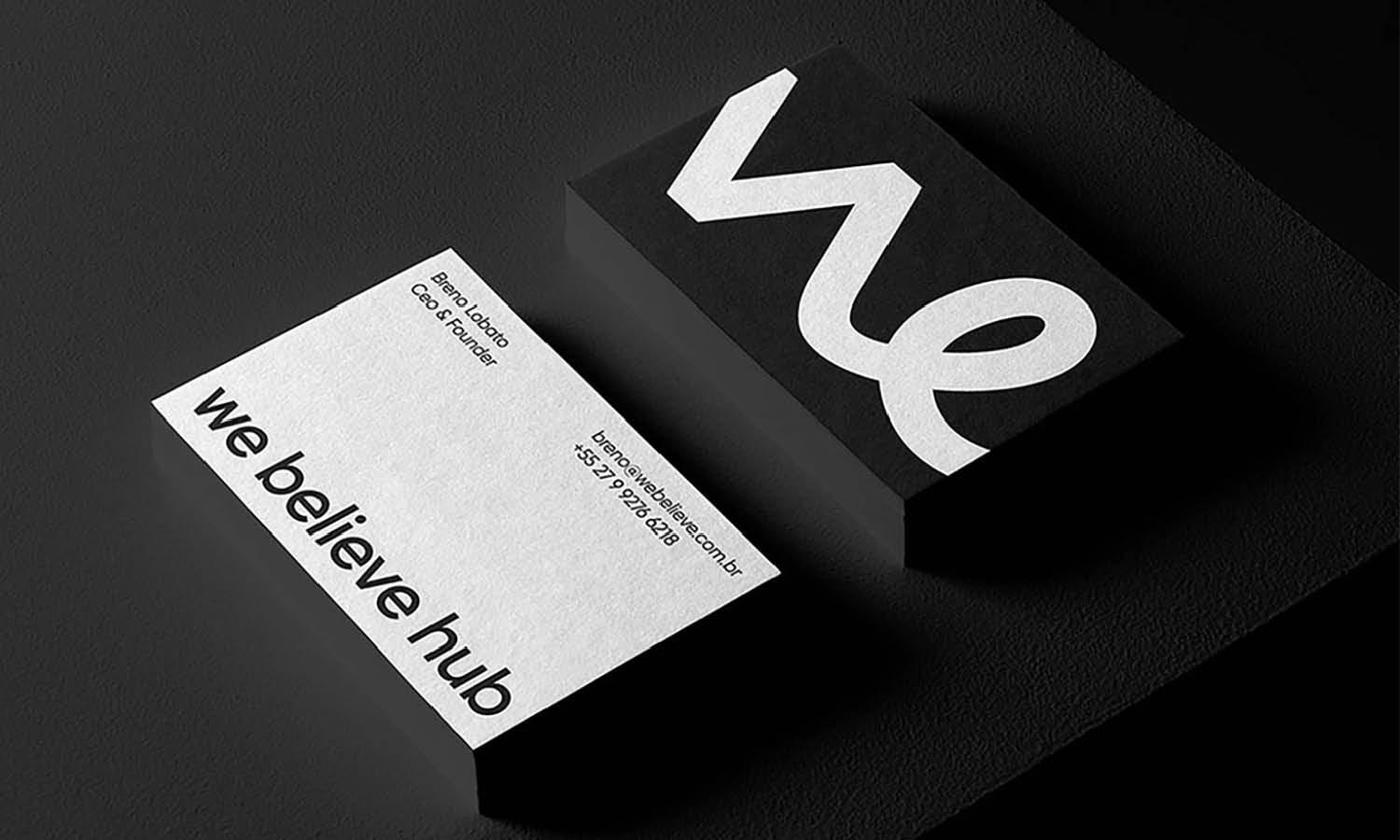How to Print Logo Designs on Fabric

Source: Chase Estes, Bluebird Logo Option Mockup, Dribbble, https://dribbble.com/shots/17110524-Bluebird-Logo-Option-Mockup
Printing logo designs on fabric is a dynamic process that combines creativity with technical know-how to produce vibrant and lasting results. Whether you are creating custom apparel, promotional merchandise, or unique home decor, understanding the various aspects of fabric printing is essential. This guide will delve into the critical steps involved in printing logos on different types of fabrics, ensuring that each project results in high-quality outcomes.
Key considerations in fabric printing include choosing the right type of fabric, selecting suitable inks, and determining the most effective printing method for your design and material. Additionally, proper fabric preparation, such as pre-treatment and heat setting, plays a vital role in the quality and durability of your print. Whether you opt for traditional screen printing, versatile digital printing, or vibrant sublimation, each technique offers unique benefits and challenges.
By following the detailed insights and practical tips provided in this article, you will be equipped to navigate the complexities of printing logo designs on fabric, ensuring that your finished products stand out in both aesthetics and performance.
Understand Fabric Types
When planning to print logo designs on fabric, the first step is to understand the types of fabrics available and their suitability for different printing techniques. Each fabric type—from natural fibers like cotton and linen to synthetic fibers like polyester and nylon—reacts differently to inks and printing processes. Cotton is highly absorbent, making it ideal for water-based inks and traditional screen printing. It offers a soft finish but may require a thicker ink application for vibrant colors.
Synthetic fabrics, on the other hand, are less absorbent and better suited to heat transfer and sublimation printing, which can vividly capture complex colors and patterns without the risk of ink bleed. Blended fabrics, combining natural and synthetic fibers, provide a middle ground but may require specific considerations to balance the characteristics of both fiber types.
Choosing the correct fabric type is crucial as it affects the printing technique, the durability of the print, the clarity of the design, and the overall feel of the printed material. Understanding these properties allows for better decision-making in the selection of materials that will best showcase the logo while maintaining the functionality and comfort of the fabric.
Choose the Right Ink
Selecting the right ink for fabric printing is pivotal in achieving desired results in logo design projects. The choice of ink affects not only the quality of the print but also the durability and feel of the printed fabric. Water-based inks are popular for their soft texture and eco-friendliness, making them ideal for cotton and other absorbent fabrics. These inks soak into the fabric, creating a bond that is durable and long-lasting.
Plastisol inks, used primarily in screen printing, offer a vibrant color finish and are suitable for less absorbent fabrics. They sit on top of the fabric, creating a layer that is more prone to cracking over time but provides a bright, glossy finish. For synthetic fabrics, especially those used in athletic wear, dye-sublimation inks are recommended. This ink turns into gas when heated, bonding directly with the polyester fibers to produce sharp, vibrant prints that do not fade or crack.
The ink selection process also involves considering the desired effect, such as matte or glossy finishes, and the functional requirements, like resistance to fading and washing. Each ink type has specific handling and curing requirements that must be followed to ensure the longevity and quality of the print, highlighting the importance of choosing the right ink based on the fabric type and the intended use of the printed item. To support every stage of the fabric printing process, Supply Link USA provides high-quality inks and materials tailored to meet the needs of professional print shops.
Pre-Treat the Fabric
Pre-treating fabric is a critical step in the fabric printing process, especially when printing logo designs. This preparation phase involves treating the fabric with chemicals or heat to ensure that the ink adheres properly and the print lasts longer. Pre-treatment can significantly enhance the vibrancy and sharpness of the final print, particularly on fabrics that are naturally resistant to ink, such as some synthetics or densely woven materials.
For natural fibers like cotton, pre-treatment often involves applying a special coating that helps to absorb the ink more evenly, which prevents the design from fading or bleeding during subsequent washes. This coating can also improve the overall texture of the print, making it feel softer to the touch. For synthetic fabrics, pre-treatment might include heat pressing to smooth the surface and remove any moisture that could affect ink adhesion.
The specific pre-treatment method chosen depends on the type of fabric, the ink, and the printing technique to be used. Skipping this step can lead to poor print quality, with issues such as uneven ink distribution, dull colors, or rapid deterioration of the design. Therefore, investing time in proper fabric pre-treatment is essential for professional-quality results in fabric printing.

Source: Vitaliy Ziva, DM - Fitness Academy, Behance, https://www.behance.net/gallery/140613631/DM-fitness-academy
Select Printing Method
Selecting the appropriate printing method is crucial for achieving high-quality logo designs on fabric. The choice of technique depends on various factors including the type of fabric, the complexity of the design, and the production volume. The most common fabric printing methods are screen printing, digital printing, and sublimation.
Screen printing is ideal for high-volume orders and designs that do not require intricate color gradients. It involves creating a stencil (or screen) and using it to apply layers of ink on the fabric surface. This method is known for its durability and vibrancy of colors but is less cost-effective for multiple-color designs due to the need for multiple screens.
Digital printing, particularly direct-to-garment (DTG), offers a great solution for detailed and color-rich designs. It works much like a traditional inkjet printer, directly applying the ink to the fabric. This method allows for high-detail prints and is cost-effective for small to medium volumes.
Sublimation printing stands out for synthetic fabrics like polyester. It uses heat-sensitive inks that turn into gas when heated, bonding with the fabric to create vibrant and long-lasting colors. This method is perfect for designs that cover large areas of fabric or require a seamless blend of colors.
Each printing method has its own set of advantages and is suitable for different types of projects. Understanding these methods helps in selecting the right one to ensure that the printed logo designs are both attractive and durable.
Test Print
Before proceeding with a full-scale production of fabric printing, conducting a test print is essential. This preliminary step allows you to evaluate the interaction between the ink and fabric, ensuring that the color accuracy and print quality meet your expectations. Test prints help in identifying potential issues such as color bleeding, ink opacity, or fabric handling before they become costly.
To effectively conduct a test print, use a piece of fabric that is identical in material and color to your final product. Print your logo design using the intended printing method and inks. Once printed, assess the clarity and vibrancy of the design under different lighting conditions. It's also advisable to perform a wash test to observe how the print withstands laundering. This can reveal if there are any issues with ink adhesion or color fastness.
Adjustments may be needed based on the test print results. These adjustments could involve altering the ink formulation, printing parameters, or even the pre-treatment process. Taking the time to perfect your approach during the test print phase can save significant resources and ensure a higher quality final product. The test print not only acts as a proof of concept but also serves as a benchmark for production standards.
Set Correct Temperature
Setting the correct temperature is crucial when printing logo designs on fabric, as it directly impacts the ink's behavior and the fabric's integrity. Each type of fabric and ink has specific temperature requirements that must be meticulously followed to ensure optimal print quality and durability.
For heat transfer and sublimation printing, the temperature must be high enough to activate the ink and ensure it bonds effectively with the fabric. However, too high a temperature can scorch the fabric or cause the ink to degrade, leading to faded colors and reduced wash fastness. For example, polyester fabrics often require a lower temperature compared to cotton when using sublimation inks to prevent fabric damage and unwanted dye migration.
It is important to consult the ink manufacturer’s guidelines and conduct controlled tests to determine the ideal temperature settings for your specific materials. Additionally, maintaining consistent temperature control during the printing process is essential to avoid variations in print quality. Use a reliable heat press with accurate temperature settings and regularly check the equipment for calibration issues.
Proper temperature management not only ensures high-quality prints but also enhances the overall durability of the printed fabric, making it crucial for professional fabric printing operations.
Use High-Resolution Designs
Using high-resolution designs is critical when printing logo designs on fabric to ensure that the final product is sharp and professional. High resolution refers to the number of pixels in an image and directly influences the clarity and detail of the printed design. For fabric printing, it's recommended to use designs with a resolution of at least 300 DPI (dots per inch).
When a design is scaled up to fit larger fabric sizes, low-resolution images can become pixelated and blurry, detracting from the visual appeal and effectiveness of the logo. Therefore, start with a vector format whenever possible, as it allows for resizing without loss of quality. Software such as Adobe Illustrator and CorelDraw are ideal for creating vector graphics that maintain crispness and detail regardless of size adjustments.
Additionally, ensure that all elements of the logo, including text and fine details, are clear and visible in the design file. This step is crucial because what you see on a computer screen might not always translate perfectly to fabric. Conducting a detailed review of the design in high resolution before proceeding with printing can prevent issues and ensure that the final product meets your quality standards.

Source: Andrey Gorbunov, Football Club Pyunik Official Rebranding, Behance, https://www.behance.net/gallery/163163091/FC-Pyunik-rebranding
Consider Fabric Color
Considering fabric color before printing logo designs is essential to ensure that the logo stands out and conveys the intended message. The choice of fabric color can significantly impact the visibility and impact of the printed logo, especially if the color contrast between the logo and the fabric is low.
For light-colored fabrics, dark or vibrant ink colors are ideal as they provide strong contrast and make the logo pop. Conversely, lighter inks may be necessary for dark fabrics to ensure the logo is visible. It's also important to consider the opacity of the ink; some inks may not fully obscure the fabric color beneath, which can alter the appearance of the logo colors.
Additionally, special considerations may be needed for patterned or textured fabrics where the complexity of the background can overshadow the logo. In such cases, a block or neutral base layer of ink can be applied first to create a clean canvas for the logo.
Testing color combinations with a small sample print can be invaluable in making final decisions about fabric and ink colors. This practice helps in visualizing how the actual product will look and allows for adjustments before full-scale production begins, ensuring the effectiveness of the logo's visual impact on the chosen fabric.
Consider Fabric Stretch
When printing logo designs on fabric, it is crucial to consider the stretch of the material, particularly for apparel like t-shirts and sportswear. Fabrics that contain elastane or other stretchy materials can distort printed designs if not handled correctly during the printing process. To minimize issues, it is essential to choose a printing technique and materials that accommodate the fabric's elasticity.
Screen printing with special stretch inks or using a heat press that allows for even heat distribution without stretching the fabric can be effective. Additionally, the placement of the logo should be strategic; areas that experience less distortion when the fabric stretches, such as the upper chest or central back, are ideal locations.
Pre-stretching the fabric slightly before printing can also help maintain the integrity of the design during use. This method ensures that the ink adjusts to the fabric's stretched state, reducing the risk of cracking or misalignment once the garment is worn.
Furthermore, consider the fabric's recovery rate—the ability to return to its original size after being stretched. High recovery fabrics are more forgiving for printed designs and less likely to cause long-term stretching issues. By taking these factors into account, you can ensure that your printed logo maintains its intended appearance and durability on stretchy fabrics.
Use Protective Measures
Using protective measures is essential in extending the lifespan of printed logo designs on fabric. These measures include using topcoats or finishes that can help shield the print from wear and tear, environmental factors, and frequent laundering. For instance, a clear, water-based protective sealant can be applied over the print to enhance durability and resistance to UV rays, which can cause colors to fade over time.
For digital and sublimation prints, using a heat press to cure the ink after printing is another protective step that embeds the design deeper into the fabric fibers. This process not only secures the ink more firmly but also makes the print less prone to washing out or cracking.
In addition to these technical measures, providing proper care instructions to the end-user is crucial. Instructions should include washing the printed items inside out, using mild detergents, avoiding high temperatures in washing and drying, and ironing the print area indirectly. Such practices help preserve the print’s quality and appearance.
Adopting these protective measures ensures that fabric prints remain vibrant and intact for extended periods, thereby enhancing product satisfaction and reducing the need for frequent replacements. This attention to durability reflects well on the brand quality and can lead to higher customer loyalty.
Conclusion
Successfully printing logo designs on fabric requires a meticulous approach to each step of the process. From selecting the right fabric and ink to employing the most effective printing methods and post-print treatments, every detail counts. By prioritizing high-resolution designs, considering fabric characteristics, and using protective measures, you can ensure that your printed logos maintain their vibrancy and integrity over time. Embrace these practices to elevate the quality of your fabric printing projects, resulting in products that are not only visually appealing but also durable and professionally crafted.
Let Us Know What You Think!
Every information you read here are written and curated by Kreafolk's team, carefully pieced together with our creative community in mind. Did you enjoy our contents? Leave a comment below and share your thoughts. Cheers to more creative articles and inspirations!
LINK
Whether you're looking to brand company t-shirts, create personalized tote bags, jazz up some funky bandanas with your artistry, or experiment with ultra suede fabric, printing on fabric presents a fantastic opportunity. However, as you may know, fabric is a whole different game from digital or paper mediums, which makes it equally thrilling and challenging.















Leave a Comment